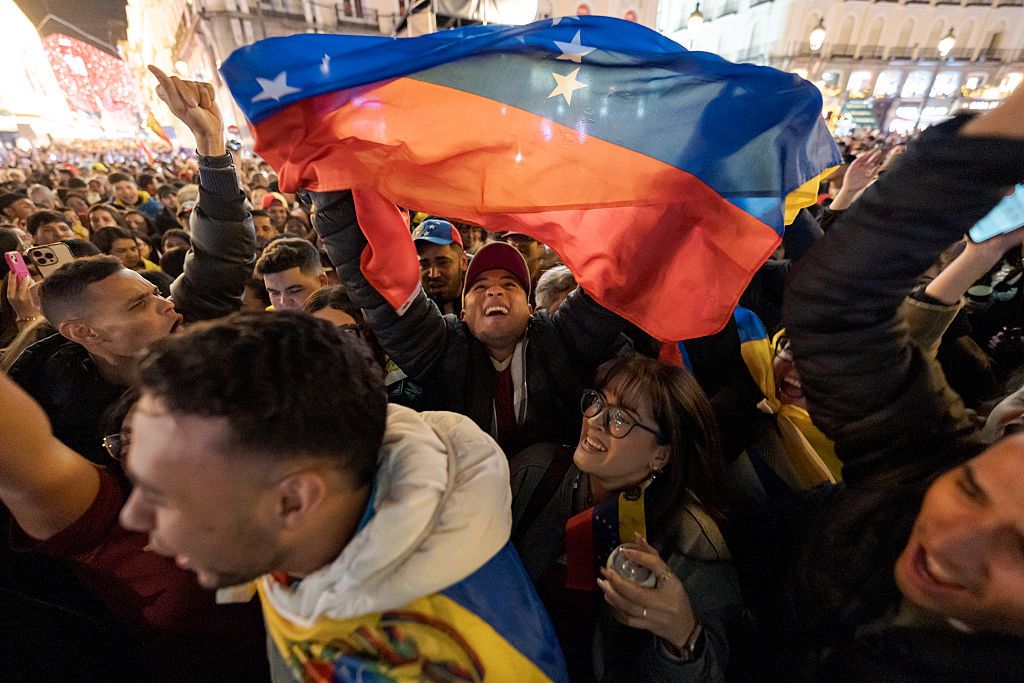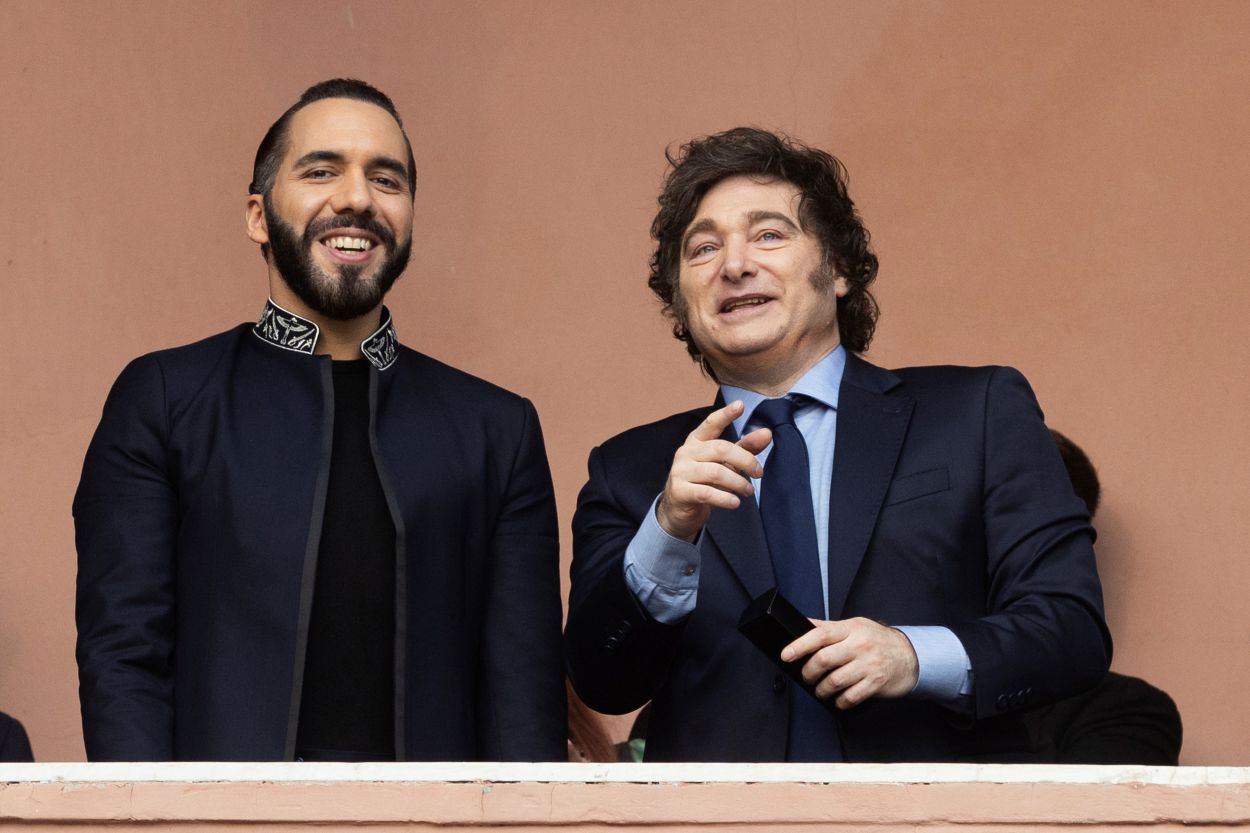Meeting in Montevideo
Meeting in Montevideo
With a new leader in Argentina and Venezuela’s Mercosur membership hanging like a question mark, South American presidents gathered in Montevideo December 18. The summit comes as the organization signs a trade pact with
With a new leader at the helm in Argentina and Venezuela’s Mercosur membership hanging like a question mark, South American leaders gather in Montevideo December 18 for a trade bloc summit. The meeting comes as the organization (also known as the Southern Common Market) signs a free-trade deal with
New Argentine President Cristina Fernandez de Kirchner called Uruguayans “our brothers” and said she would avoid deepening the disagreement. However, she insisted the fault lies with
During her inaugural speech, Kirchner also pledged to support
The continued postponement prompted Chavez to absent himself from the last presidential summit in June 2007. “He seems interested in Mercosur chiefly as a political platform,” said the Economist at the time. “Free trade would expose the big inefficiencies engendered by his statist economic policy.” At the time of the 2005 announcement of intentions to make Venezuela a full member, Chavez said, “We need a Mercosur that prioritizes social concerns.”
The original goal of Mercosur, established with the 1991 Treaty of Asunción, involved tariff reduction, arbitrating as a bloc, increased integration, and creation of a customs union. The bloc covers a geographical area four times the size of the European Union, included 250 million people, and accounts for roughly 75 percent of
But Uruguay and Paraguay complain of being overshadowed by larger economic partners Brazil and Argentina, pushing them to seek deals outside of Mercosur; In January 2007, Montevideo signed a Trade and Investment Framework Agreement (TIFA) with Washington. The TIFA opens the door to a bilateral agreement, which would violate Mercosur’s treaty. As tensions between Mercosur members emerge—and steps toward trade agreements with potential partners such as the European Union continue to stumble—some question the bloc’s relevance.








